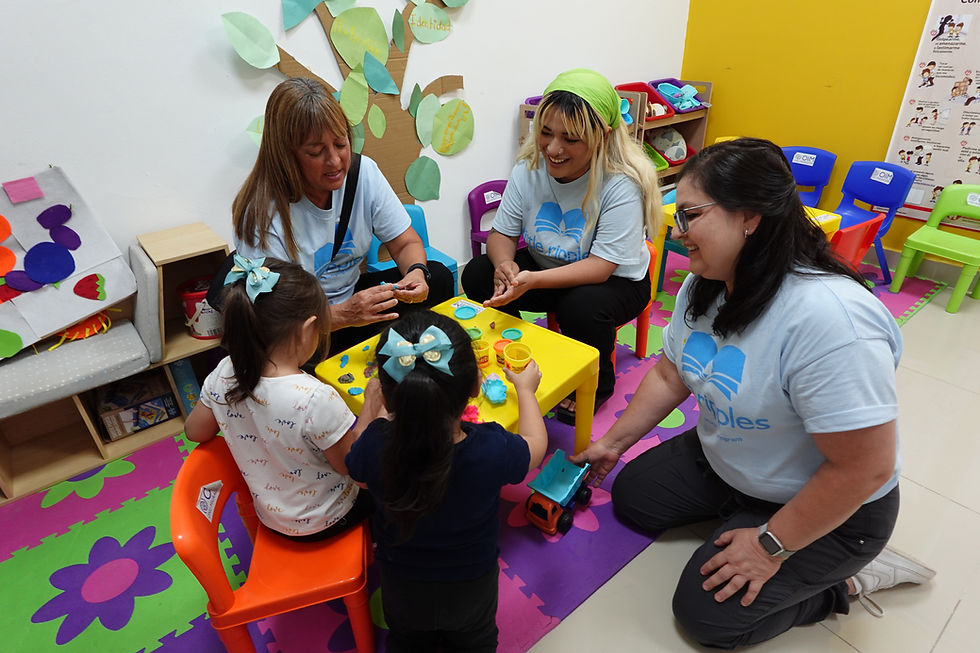Walking on Gold
- Jessica Birzin
- Jun 30, 2016
- 2 min read
The roads are carved through the forest, and at some points, the forest completely wraps up and around the roads, so that it feels like you are going through a tunnel made of branches and leaves. When we get out of the car, the ground is red, and our Jesuit Refugee Service (JRS) guide and friend, Michel, tells us, “You are walking on gold.”
There is gold all around this region. No one knows how much. The locals “wash” the dirt and find small nuggets that they can then sell. They don’t make jewelry here, so the ones that find the gold don’t make the big money. The gold is sold to a few select businessmen who then take it out of these green hills and sell to manufacturers.
It is an amazing landscape. There are all kinds of fruits—mangos, papaya, watermelon, and more—and people have plots where they grow maize, tomatoes, and peanuts. As we drive on the small red-dirt roads, large trucks zoom by with huge pieces of timber. It is a land of plenty, but we are told that deforestation is happening at a rapid pace, and this is before big industry moves in. I wonder how long this “plenty” will last.
It took us hours to arrive at a Central African Republic (CAR) refugee site close to Kette, Cameroon. The men came out to greet us with smiles and extended hands. They say they are comfortable here. The biggest difference between life here and back in CAR is war. There is peace here, and three years after being displaced, they don’t see themselves returning “home” anytime soon.
I got the sense that they feel these hills are now their home. I don’t blame them. Home might be where the heart is, but more immediately, home is where the peace is. Another factor that might play a part in their feeling at home where they are is that, back home, they were semi-nomadic, connected to their animals and moving to better lands as needed. Movement might be a part of who they are as a people. Of course, knowing that the same extreme violence that pushed them out of CAR is still happening today will be the overwhelming factor that keeps them from even considering going back.
We walked the camp and had wonderful conversations with women. As they braided hair, tended to their children, or did some chores, there was always laughter and warmth. They are very attentive to details regarding their appearance. Their hairstyles are varied, and they wear colorful beaded jewelry and clothes. Even a tiny baby girl, only a few weeks old, had her ears pierced. The mother carefully shaved her baby’s head, as she told us about her life in Cameroon.
Even with all that this land has to offer, there is still great need. School attendance is extremely low. Preschool attendance is zero. There is malnutrition because of lack of knowledge of proper diet, and there are diseases that weaken and kill—like malaria and typhoid.
We have many more hours of road ahead, and I have so much more to learn about the refugees and the land they came from—and the land they’re now in. I’m looking forward to all of it, as we explore these beautiful green hills with red roads and splashes of gold.


